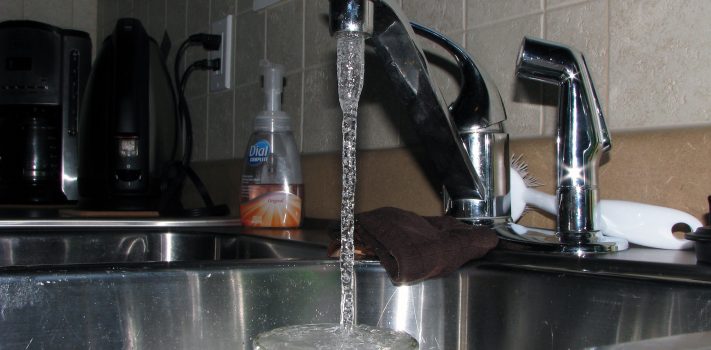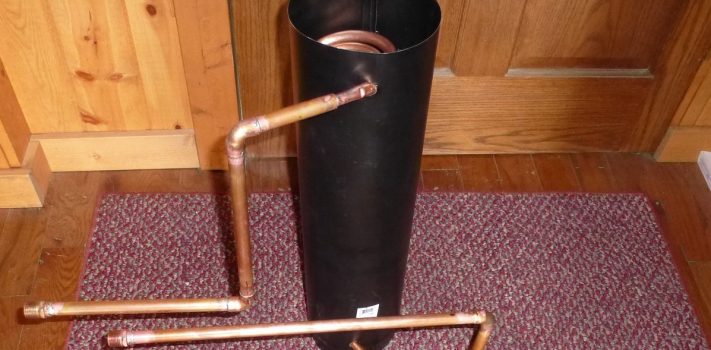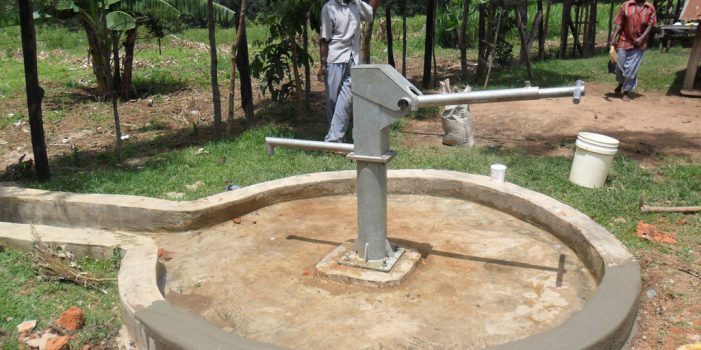Home Water Storage on a Budget, by KC Seven
…system for ~only bathing and showers, could also promote Legionnaires’ disease, which obviously creates an unacceptable risk. The bacteria enters the person through the lungs in fine drops of contaminated water. Do your research first. Two links to >start: 1. Legionella (Legionnaires’ Disease and Pontiac Fever) from CDC Centers for Disease Control and Prevention. 2. Wikipedia article about: Legionnaires’ disease. ********** Water systems treat water for a reason; there are more risks than just Legionnaires’ Disease. … Where I live the tap water is polluted with farm chemicals. [I use a gravity fed water filter system kept in the refrigerator.] KC Seven I used to be a radio announcer… Telesilla of Argos Water! Water! Water! Such an important topic, and an excellent article too. We have stored water in Aqua-Tainers, and those have worked really well. They’re “squared off” and so easy to tuck into corners or along a back…





